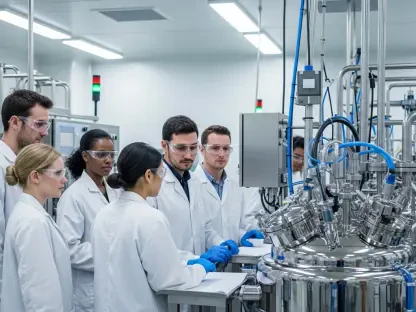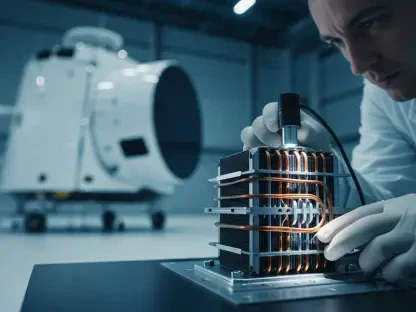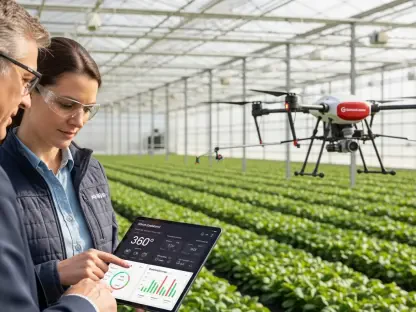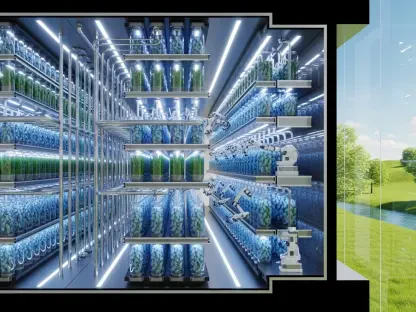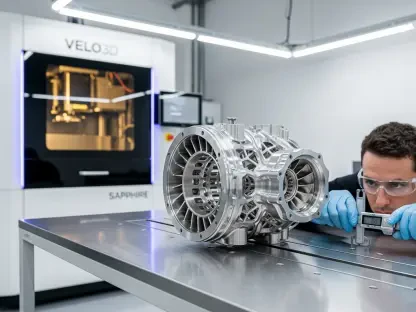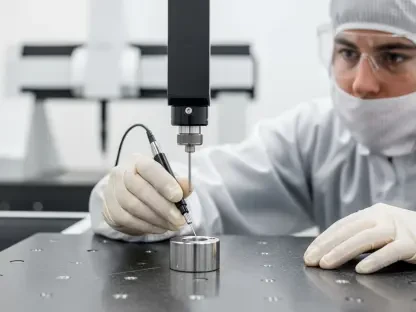Imagine a bustling food manufacturing plant grinding to a halt because a tiny, overlooked rubber seal failed, contaminating an entire batch of product, and within hours, losses pile up into hundreds of thousands of dollars while the brand’s reputation hangs in the balance. This scenario isn’t just a nightmare—it’s a stark reality for many in the industry when maintenance slips through the cracks. In an era where consumer trust and regulatory scrutiny are at all-time highs, the stakes for food safety have never been greater. Exploring how preventive maintenance transforms potential disasters into measurable returns offers a critical lens on operational success.
The Urgency of Maintenance in Today’s Food Safety Landscape
In food manufacturing, even the smallest oversight can trigger catastrophic consequences. A worn-out component, if ignored, risks not only contamination but also costly downtime that can cripple production schedules. With consumer demand for transparency and safety soaring, companies face intense pressure to maintain impeccable standards. Maintenance is no longer just a technical chore; it’s a strategic necessity that safeguards both product integrity and financial stability in an unforgiving market.
The hidden dangers of neglect often lurk in plain sight. Equipment designed for sanitation can still harbor risks if not regularly serviced, turning a minor issue into a major liability. Proactive strategies, however, flip this dynamic, positioning maintenance as a tool to outpace competitors by ensuring consistent quality. This shift in perspective underscores why staying ahead of breakdowns is paramount for any operation aiming to thrive.
The Steep Price of Ignoring Maintenance Needs
Neglecting maintenance in food manufacturing doesn’t just risk safety—it slashes profits with ruthless efficiency. Recalls, whether voluntary or mandated, carry staggering costs, from legal fees to production losses, often reaching up to $250,000 per hour of downtime for larger firms. These financial hits are compounded by intangible damages, such as eroded consumer trust, which can take years to rebuild.
Beyond the numbers, the ripple effects of contamination or equipment failure threaten entire supply chains. A single incident can halt operations, delay deliveries, and strain relationships with partners. This reality emphasizes that sanitation and hygiene programs are not mere compliance checkboxes but vital defenses against operational collapse. Addressing these risks head-on becomes a non-negotiable priority for protecting a company’s bottom line.
Sanitation lapses also invite regulatory penalties that can further drain resources. Fines and forced shutdowns pale in comparison to the long-term cost of a tarnished reputation in a highly competitive field. Investing in preventive measures, therefore, emerges as a critical shield, preserving not just safety but the very foundation of a brand’s credibility.
Connecting Preventive Maintenance to Tangible Returns
Preventive maintenance stands as a powerful driver of return on investment in food safety, turning potential losses into measurable gains. By replacing components like rubber seals before they fail, companies drastically cut the risk of contamination and equipment breakdowns. This proactive approach saves millions that might otherwise be spent on emergency repairs or product recalls.
The economic benefits extend further when considering the avoidance of legal battles and brand damage. A single contamination event can spiral into lawsuits and negative publicity, costs that dwarf the price of routine maintenance. Scheduled service intervals keep production humming smoothly, minimizing unplanned stops that bleed revenue. As industry leaders often note with the mantra, “plan your maintenance, or it will plan you,” the financial logic of prevention is undeniable.
Moreover, consistent upkeep enhances equipment longevity, reducing the need for frequent capital investments. This efficiency translates directly to improved profit margins, proving that every dollar spent on maintenance yields exponential returns. Such strategies highlight how foresight in operations can fortify a company against both immediate threats and long-term fiscal strain.
Harnessing Technology for Smarter Sanitation Strategies
Cutting-edge tools are revolutionizing sanitation management in food manufacturing, offering precision and control like never before. Computerized Maintenance Management Systems (CMMS) track key metrics such as unplanned downtime, revealing inefficiencies—think equipment running at just 50% capacity due to neglect. These systems empower managers to address issues before they snowball into crises.
Cloud-based software adds another layer of innovation by monitoring processes like clean-in-place (CIP) in real time. This technology allows for immediate detection of anomalies through trend data, ensuring swift corrective action. Insights from experts in sanitary processes emphasize that such data-driven methods are game-changers, enabling plants to maintain peak performance without guesswork.
Partnerships with industry specialists further amplify the impact of these tools. By leveraging expertise alongside technology, manufacturers can fine-tune their sanitation programs to address specific vulnerabilities. This combination of innovation and knowledge creates a robust framework for safety, proving that modern solutions are indispensable in today’s fast-paced production environments.
Cultivating a Food Safety Culture Through Actionable Practices
Equipment alone cannot guarantee safety; a committed workforce is equally essential. Building a strong food safety culture starts with consistent training, using tools like repeatable checklists to minimize human error during maintenance tasks. Color-coded sanitation carts ensure clarity across shifts, reducing mix-ups that could compromise hygiene standards.
Communication plays a pivotal role in aligning teams on best practices. Regular updates and audits keep everyone, from veterans to new hires, on the same page about proper tool usage and disposal of single-use items like gloves. These simple yet effective steps prevent cross-contamination, reinforcing the importance of daily diligence in every corner of the operation.
Collaborating with external experts for workshops and assessments offers a path to continuous improvement. Such partnerships provide fresh perspectives on hygiene protocols, helping to identify blind spots that internal teams might overlook. By fostering a mindset of accountability and learning, manufacturers can create an environment where safety is not just a policy but a shared value.
In reflecting on the journey through the challenges and solutions of food safety, it becomes evident that preventive maintenance stands as a cornerstone of operational success. The staggering costs of neglect, once a looming threat, are mitigated by strategic investments in sanitation and technology. Stories of downtime losses transform into lessons of resilience as companies adopt proactive measures. Looking back, the integration of data-driven tools and a robust safety culture proves to be the bedrock of sustained profitability. Moving forward, the focus should remain on refining these practices, partnering with specialists for ongoing training, and embracing innovations to stay ahead of evolving risks. This commitment ensures that food safety remains not just a regulatory demand but a competitive edge for years to come.


